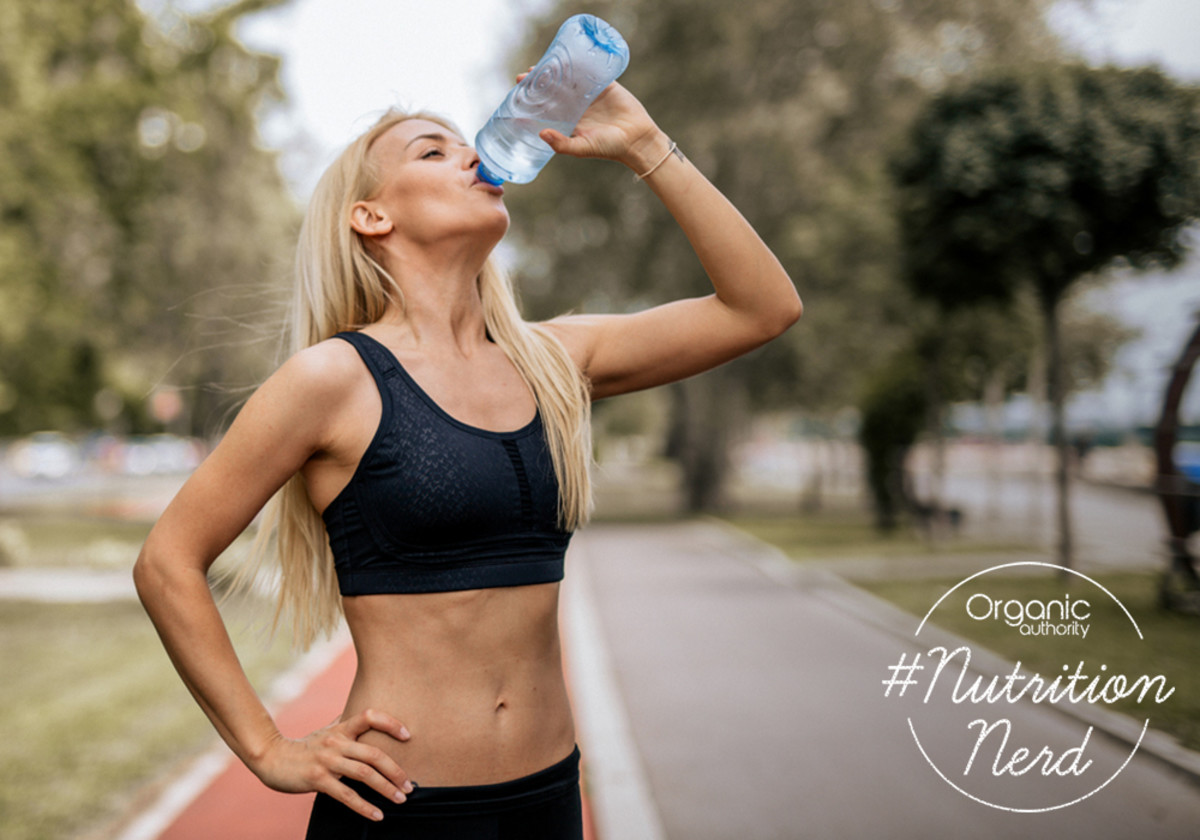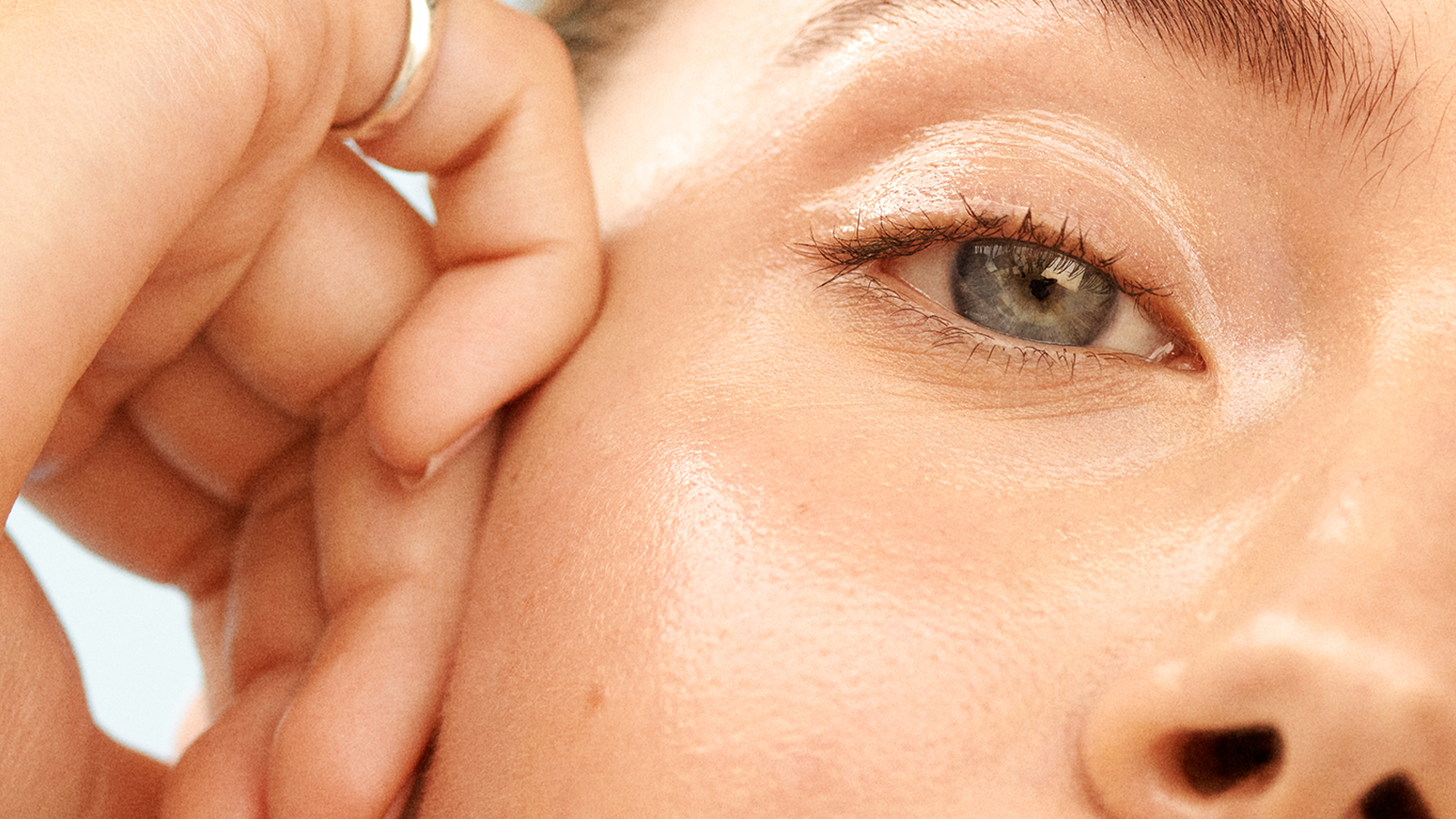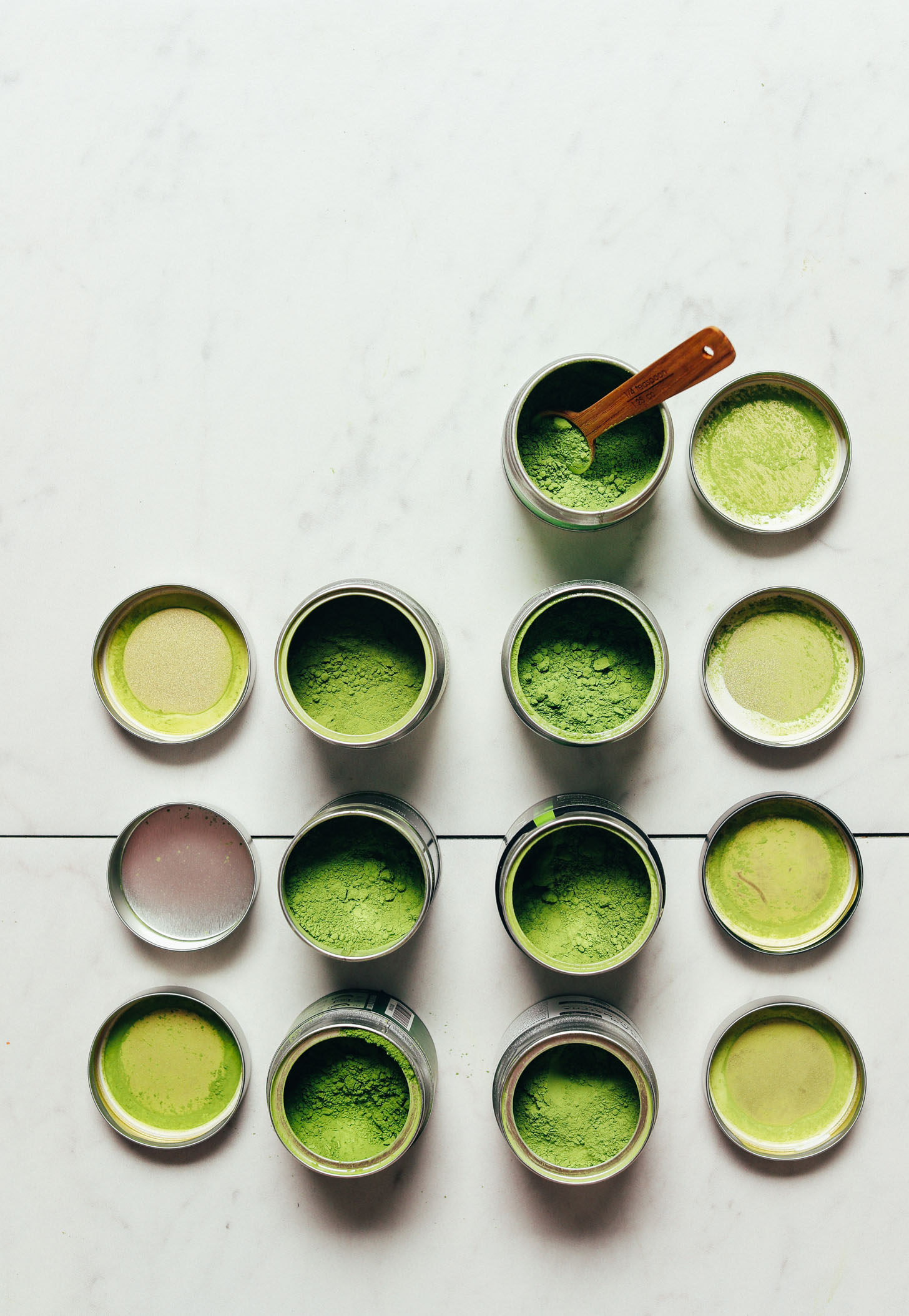
[ad_1]

It is no shock that dehydration is unhealthy information – for pores and skin, for hair, to not point out for basic well being and wellbeing. However in relation to how a lot water is critical to fight dehydration, specialists are a bit extra divided.
“There are main gaps in information associated to measurement of whole fluid consumption and hydration standing on the inhabitants stage,” says Dr. Lev Kalika, proprietor of New York Dynamic Neuromuscular Rehabilitation & Bodily Remedy. “And there are few longer-term systematic interventions and no printed random-controlled longer-term trials on the subject of whole fluid consumption.”
What we do know is that quite a lot of issues can influence hydration, and so they’re not all linked to how a lot water you do or don’t drink. Drinks solely make up about 80 p.c of the typical individual’s whole water consumption; the remainder comes from food, particularly foods rich in water like cucumber and watermelon. But choosing to sip water (and choosing the best kind of water) is undoubtedly the best way to stay hydrated.
That said, relying blindly on that seemingly magic number – eight glasses a day – is a mistake.
So How Much Water Should You Actually Drink?
While the National Academy of Medicine has established general recommendations for total water intake (2.7 liters per day for adult women and 3.7 liters per day for adult men), a variety of factors can have an effect on this baseline number, from activity level to age to the weather.
Body weight is one major factor that contributes to a formula used by several of our experts to get a more individual baseline water target. To use this formula, just take your body weight in pounds and halve it: that’s the number of fluid ounces of water you should be consuming every day
“After years of work coaching thousands of clients and athletes – who to stay hydrated would drink in the range of 25 to 60 percent of their bodyweight in ounces of water per day – the number we came up with was 30 percent of your bodyweight in ounces,” explains Petranek. “This is not a number that is the ‘right’ or perfect amount, but it’s a good benchmark to keep in mind.”
Of course, this number will vary quite a bit for those who travel frequently, drink more dehydrating fluids like coffee or alcohol, or for those who are physically active. To counteract the effects of an intense workout on your hydration, Sarah Petty, M.S., suggests weighing yourself before and after and drinking as much water as you lost to replenish those resources.
Should You Worry About Drinking Too Much Water?
Overhydration is a rare but serious problem that can link to hyponatremia: an over-dilution of sodium in the blood. Symptoms of overhydration include lethargy, disruption of balance, vomiting, confusion, and the condition can be fatal if untreated.
But according to our experts, it’s pretty difficult for most otherwise healthy people to drink enough water to pose a health hazard.
“The person would need to be drinking a very large amount of water to exceed healthy kidney function and put themselves at risk,” says Summer Yule, MS, RDN.
The best policy when determining how much water to drink is to rely on your own body.
“The vast majority of healthy people will be able to reach their daily hydration needs by listening to their body and the level of ‘thirst’ you display,” explains Monica Lam-Feist is an ACE Certified Personal Trainer and the fitness lead at AlgaeCal.
(If you have a preexisting medical condition, however, you should check with your doctor, as a reduced desire to drink is found frequently among sufferers of certain conditions or those on certain medications.)
Thirst isn’t the only indicator it’s time to hydrate. You can also pay attention to the color of your urine: dark urine is generally an indicator of dehydration, according to Yule, while pale yellow “generally indicates adequate hydration.”
Kay also notes that urinating regularly – about every three to four hours – is a sign that you’re adequately hydrated. She also offers an easy-to-do test to see if you’re dehydrated.
“If you pinch your arm does it bounce back or does a little crater thumb pint remain?” she says.
If it‘s the latter, drink up!
Related on Organic Authority
‘Raw Water’ Trend Has U.S. Doctors on Alert
Are Plastic Water Bottles Safe to Drink From?
Tap vs. Bottled Water, Which is Safer?
[ad_2]
Source link












